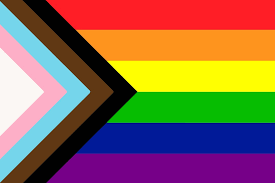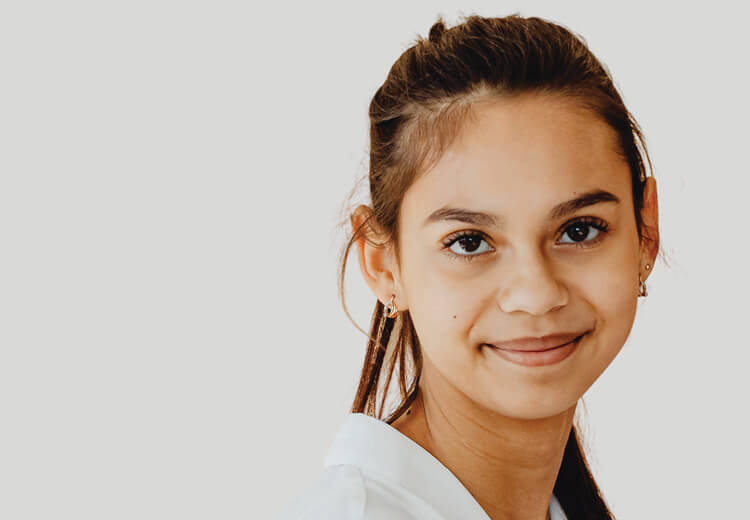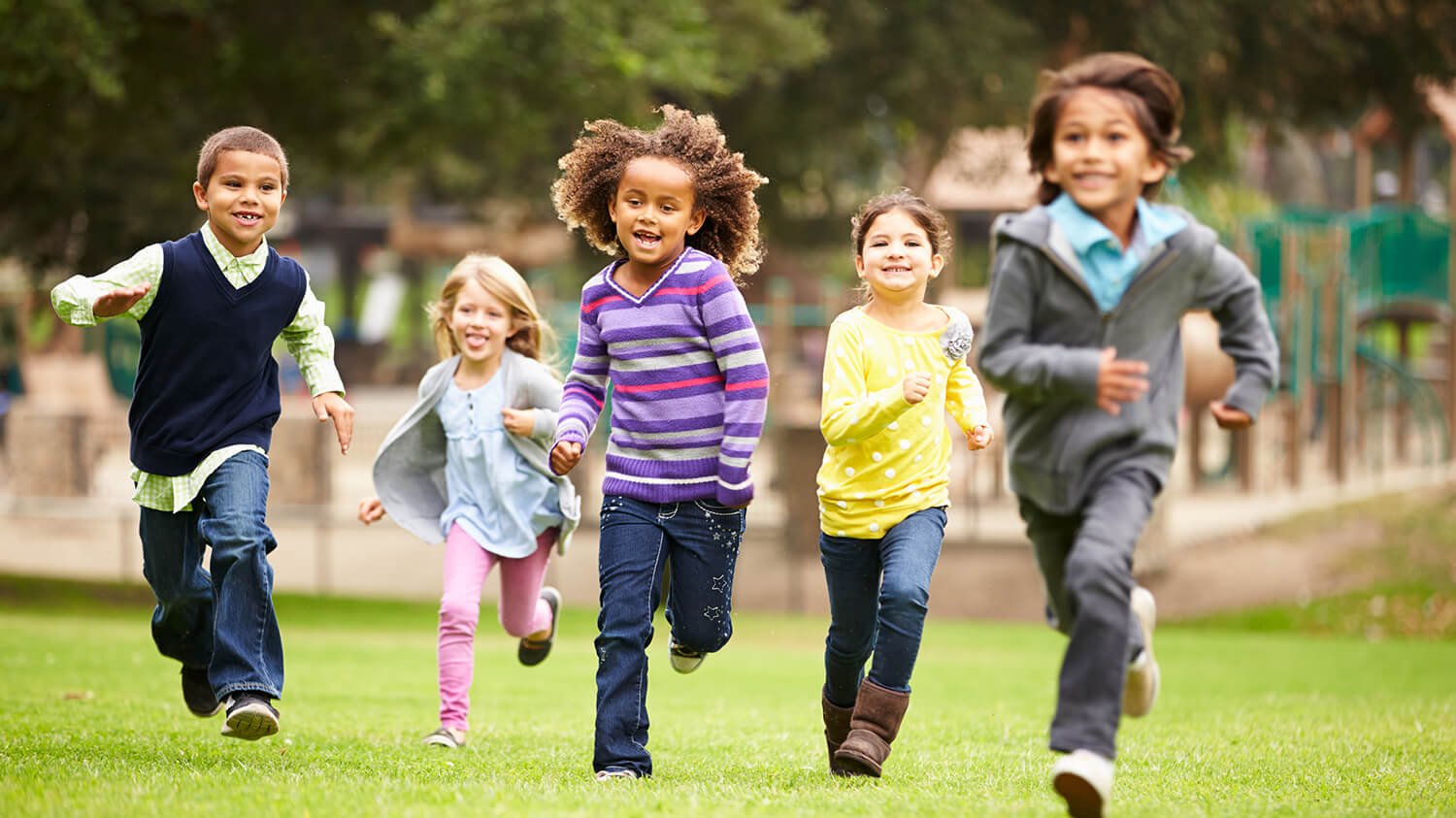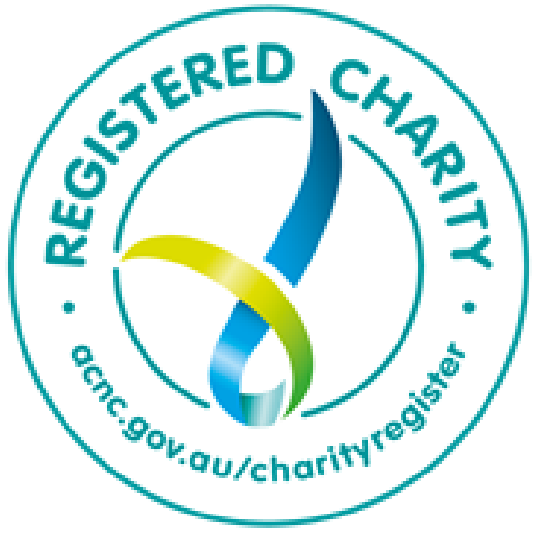Culture and Intersectionality: Life in Colour
I was 10 months old when I moved to Australia from Sri Lanka with my family. Although I was entering into a totally different space in terms of culture, tradition and norms, spending most of my early childhood in Australia meant that acculturation occurred pretty swiftly. Going to school meant interacting with others using the more widely accepted version of what ‘normal’ looked like; learning and socialising for me were all guided by what other people were doing. For example, I had no interest in signing up for extracurriculars, but I did so anyway as it was the ‘norm’, and for me following the crowd meant that I didn’t have to feel as different to my peers.
The idea of culture wasn’t something that I really understood. I often found myself comparing my opinions of culture to others’. Take, for example, love. Love can be represented in so many ways: for some people it might be expressed with hugs, whereas for others, it might be through cooking a meal. It took me a while to understand that one expression of love isn’t more valuable or sincere than another. A lot of this has to do with culture and how emotions are expressed within it. Growing up having constantly compared myself to others, it was important for me to recognise that my experiences of love and kindness in particular, might not have reflected that of other people or what was often represented on-screen for that matter. Just because my experiences looked and felt different, didn’t mean they weren’t valid.
Growing up in Australia, I became aware of the fact that I looked different, acted different and had a different home life to most of the people I went to school with. This wasn’t so much challenging as it was confusing. I noticed from a very early age that by looking different, I was also treated differently. Like when a teacher gave all the other students in my class a stamp on the back of their hands for good work, but refused to give me one because the stamp “wouldn’t show up on my skin”. Although these differences and diversity of experiences make me who I am, they’ve also been the basis of my journey to understand where I fit in. I grew to feel ashamed of my differences through a combination of imposter syndrome and what I can now identify as casual and normalised racism. Being the problem solver that I was, I decided the best way to move forward was to leave my past and my culture behind. For a young boy with his heart set on being included, it made more sense to just follow the crowd – in terms of how I spoke, what I filled my spare time with, and how I viewed myself. I didn’t want to be different, and I hadn’t understood the value that difference brings to a space enough at that point, to be proud of who I was.
Through open conversations with friends who shared similar interests and experiences, reading and learning about culture and identity, and after finally seeing people that looked like me on TV – represented with authenticity and respect, I was inspired to sit with my thoughts and feelings. Only recently did I develop the tools to actually understand the power of that, which began my journey to feel proud of my culture, my experiences, and myself as a whole.
What is Intersectionality?
At its core, intersectionality relates to how different aspects of someone’s personal and social identities, like race, gender, sexuality, location or ability, can combine to form unique platforms of discrimination, or added levels of complexity when trying to cope with something. There are countless ways in which intersectionality might play out when it comes to someone’s individual experiences, opportunities and challenges.
For me, being a person of colour made it difficult to understand mental health and body image challenges from a cultural lens. Also, as a young man, most of the conversations about body positivity and accepting oneself that I heard, were generally not geared towards me. Not only did the common dialogue usually focus on young women, but I also found myself searching every corner of the media to see a person of colour talking about their mental health. Because of this, I just didn’t feel connected to these conversations. From my experience, when it comes to conversations around mental health, people of colour, those who speak a language other than English, and young men are often not reflected in wider “mainstream” media
It’s hard to respond to challenges individually when, for so many people, they’re experienced simultaneously, which means that our responses must address all those experiences together as a whole rather than as separate, individual parts
I noticed that the cultural and societal expectations of men – which didn’t always include the words ‘mental health’ and contributed to feelings of shame towards discussing feelings and emotions, also fed into how I navigated my experiences, and who I shared them with. For me, having conversations about my emotions was hard, and accessing health care generally meant an exhausting conversation about why doing certain tasks was harder for me than it may have been for others. Solutions usually started with someone saying “but why can’t you just…” which often minimized what I was feeling.
I’ve noticed that men often find it tough to open up and speak out about what’s going on – I found that in a cultural context, but even more broadly among men, showing signs of emotion, or worrying about the way I looked, could be a sign of weakness. And I’ve found myself thinking quite a bit about this. Is this how guys are supposed to act, or react to a certain situation? Am I allowed to cry, or look in the mirror and not be 100% satisfied with the person staring back at me? What even is mental health, and why haven’t I ever had a conversation about it before?
It was no surprise that this had an impact on how I experienced emotions and how I showed them in the past – which was to not show them at all. It felt like I was going through something that wasn’t really ever spoken about from someone who I could relate to. I never heard other young men talk about eating disorders or body image issues, and I rarely saw other people of colour opening up about their mental health challenges. It felt like a conversation that I was never, and could never be a part of – and this wasn’t the narrative that I wanted to feed into.
Something that I have learnt over years of conversation and reflection is that holding space for this diversity is what has truly helped me to understand my emotions and experiences, and recognise what a ‘community’ looks like to me. I looked deep into my thoughts to acknowledge the lies about body image I had internalised, and chose to replace them with what I know to be true about self-love and self-respect. I’ve redefined the idea of myself which for a long time didn’t include my culture or experiences of diversity. Regardless of whether or not I acknowledged it in the past, it’s always been a part of me. The moment I accepted this and chose to stand in my truth with openness, vulnerability and respect, was when I began to accept myself. This is all of who I am, and it probably will change in the future – but I’m totally okay with that.
Where to Go From Here?
There are a few things that we as a community can act on to better understand the experiences of our friends, family and peers, and to connect more with how we understand our own thoughts and experiences too.
- Don’t make assumptions:
Something that’s important to recognise is that everyone will have their own way of processing and understanding their experiences – and that’s okay. Making assumptions about what someone is going through might actually not be helpful, especially when there may be multiple challenges at play at the same time. One way of responding may not work for everyone, so it’s good to take some time to learn about and understand their experiences. - Be open to learn:
Intersectionality can be hard to understand and then act upon in a positive way. It might mean that we need to be more mindful of different and shared experiences, take time to sit with uncomfortable emotions, and leave room to learn and grow. - Seek out further resources:
Check out some of the great resources that are available to us to help learn about intersectionality, but also to reach out for support as well:- Butterfly Foundation
- headspace
- Inside Out Institute for Eating Disorders
- Centre for Multicultural Youth
- Multicultural Youth Advocacy Network
- Be nice to each other (and to ourselves):
We’re all on a learning journey to understand ourselves and the communities in which we live, work and play. Respect, kindness and generosity might take the form of reading up on how to support someone through an intersectionality lens. It may be calling someone to check in and connect with them. It might even just be being kinder to ourselves so that we’re able to put our best selves out into the world.





















